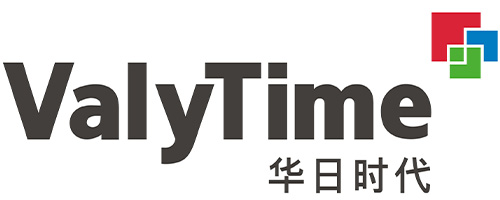What is the best height for motion sensor stair lights?
motion sensor stair lights have become the lighting equipment of choice for many buildings and homes due to their automatic sensing, energy-saving and high efficiency. However, how to determine the best installation height for motion sensor stair lights is an important issue that cannot be ignored during the design and installation process. A reasonable installation height can not only ensure that the sensor accurately captures the motion signal and turns on the light in time, but also effectively prevent safety hazards caused by insufficient or excessive light.
This article will deeply explore the basis for determining the best installation height for motion sensor stair lights, analyze the influencing factors and related standards in detail, and strive to provide scientific and comprehensive guidance for professionals and users.
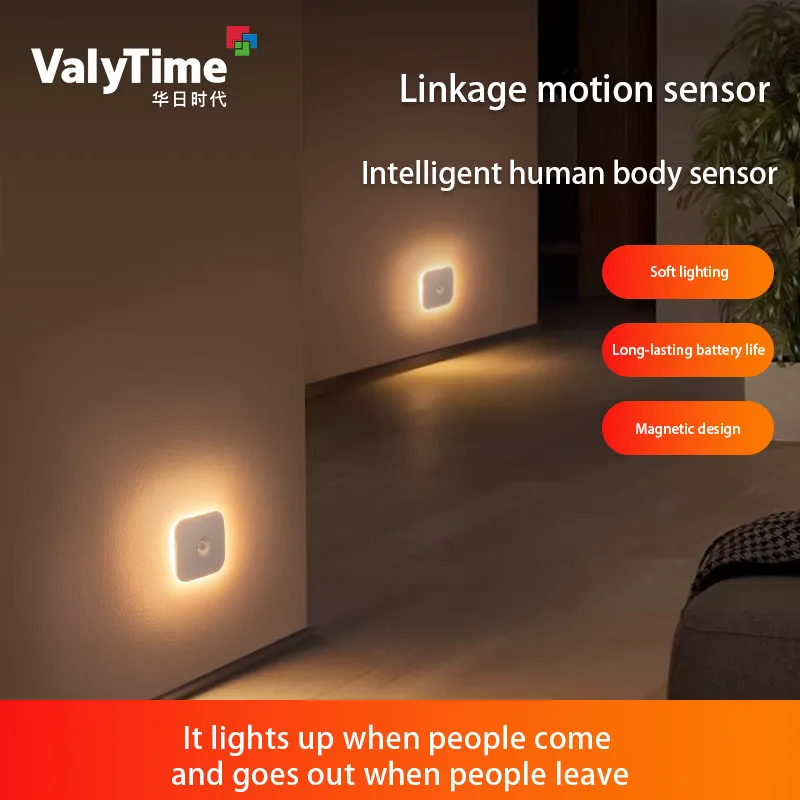
The principle and function of motion sensor stair lights
1.1 Principle of motion detector technology
● motion sensor stair lights generally use infrared sensing, microwave sensing or ultrasonic sensing technology to detect human motion. Infrared sensing technology uses infrared radiation emitted by the human body. When the human body enters the sensing area, the sensor detects the change in temperature, thereby triggering the light to automatically light up.
● Microwave sensing technology emits microwave signals and determines whether there is a moving object passing by based on the change in the reflected signal. Its sensing range is large and suitable for covering a wide staircase area.
● Ultrasonic technology determines whether there is motion by emitting and receiving ultrasonic waves and detecting changes in sound frequency.
These sensor technologies have their own advantages and disadvantages, but the overall goal is to automatically turn on lighting equipment when people pass by, improving the safety and convenience of stair lighting.
1.2 The importance of stair lights in building safety
As an important connecting part of vertical transportation in buildings, stair lighting not only affects the visual effect, but also directly involves walking safety. motion sensor stair lights use automatic sensing functions to turn on in time when people approach, reducing the risk of accidents caused by darkness. Its application is particularly suitable for stair environments at night and under low illumination conditions, effectively preventing safety accidents such as falls and collisions. At the same time, the energy-saving design of automatic control can also reduce unnecessary waste of electricity and improve energy utilization.
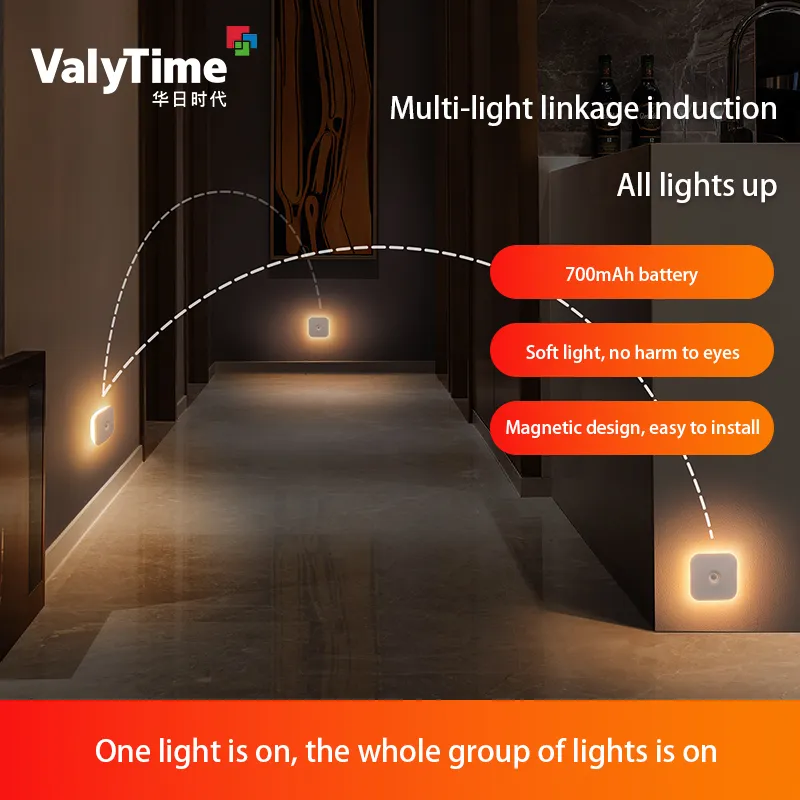
What are the factors that affect the installation height of motion sensor stair lights?
The installation height of motion sensor stair lights is not fixed, but is affected by a combination of factors. The following aspects provide references for determining the optimal installation height:
2.1 Staircase structure and design
Staircase width and floor height
The width and floor height of the stairs directly determine the light coverage and the viewing angle of the motion sensor stair lights.
● Staircase width: Stairs with a wider width require the sensor to have sufficient lateral sensing range, so the location that can cover the entire width of the stair should be selected during installation.
● Floor height: The higher the floor height, the greater the distance between the sensor and the ground, which may cause the sensing range to move downward. Reasonable setting of the installation height should ensure that the sensor can cover every step and effectively capture the movement of the walker.
Staircase corners and curves
For stairs with corners or curves, the installation position of the sensor needs to consider the angle change to ensure that there is sufficient lighting at each corner. Sensor lamps should usually be installed in key corners or central areas to avoid missing the sensing of some traffic areas due to insufficient angles.
2.2 Technical parameters of the sensor
The sensor's sensing angle, sensing distance and sensitivity are important parameters that determine the installation height of the motion sensor stair lights.
● Sensing angle: Most infrared sensors have a sensing angle between 90° and 120°, while microwave sensors may reach 180° or wider. When installing, the sensor should be installed according to its sensing angle to ensure that it is facing the main direction of traffic.
● Sensing distance: The sensing distance is generally 3 to 6 meters, and the installation height should ensure that the entire stair area can be effectively monitored within this range.
Too high sensitivity may lead to false triggering, while too low sensitivity may lead to missed detection. Reasonable sensitivity setting is closely related to the installation height. Adjusting the sensor height can optimize its response sensitivity and ensure that human motion signals are captured within an appropriate distance.
2.3 User behavior and ergonomics
Human height and walking habits
Ergonomics plays an important role in the installation of motion sensor stair lights. The optimal installation height of the sensor should take into account the average height and walking habits of the crowd to ensure that human movement can be captured in time during walking. Generally speaking, the average height of an adult is about 1.6 meters to 1.8 meters, and the sensing height of the motion detector is usually set between 1.8 meters and 2.2 meters, which can ensure that the sensor is exactly in the sensing area when a person walks.
Use scenarios and traffic patterns
The frequency of use and traffic patterns of stairs also affect the optimal installation height. When walking at night, users usually walk slowly and have a long reaction time, so the sensor should be able to capture motion signals within a sufficient distance; during busy hours, users who quickly pass through the stairs need a wider sensing range and shorter delay. Depending on the use scenario, the installation height may vary slightly, but the overall goal is to ensure that the sensor can accurately trigger the light in the shortest time.
2.4 Ambient light and occlusion factors
The natural light, artificial lighting and obstacles in the stair environment may affect the operation of the motion sensor.
● Ambient light: Excessive background light may affect the sensitivity of the sensor, resulting in misjudgment or missed judgment. When installing, avoid exposing the motion sensor stair lights directly to strong light sources, such as near windows or other high-brightness lamps.
● Obstructions: Structures such as corners, handrails, and stair railings may block part of the viewing angle and reduce the sensing effect of the sensor. Therefore, a reasonable installation location should be avoided as much as possible and ensure that the sensor has a wide field of view.
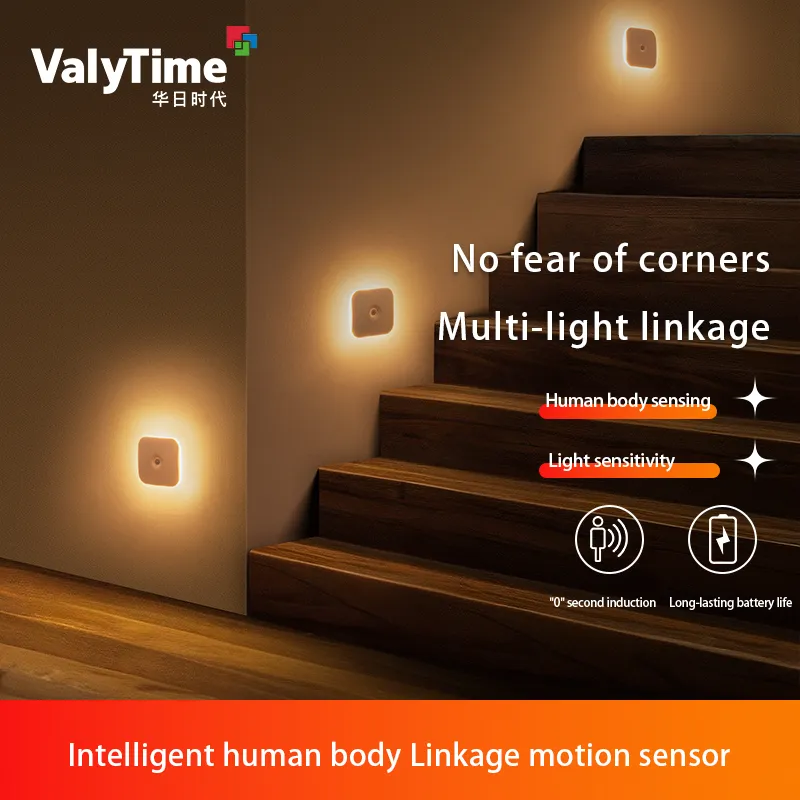
What is the optimal installation height of motion sensor stair lights?
Taking all the above factors into consideration, the optimal installation height of motion sensor stair lights needs to be optimized according to the actual stair structure, sensor technical parameters and usage habits. The following are installation height recommendations for several common environments:
3.1 General residential stairs
For straight or spiral staircases in ordinary family homes:
● Recommended installation height: 1.8 meters to 2.2 meters
● Installation instructions: This height can not only cover the body range of most adults when walking, but also ensure that the sensor is not blocked by low furniture or decorations at a lower position. For straight stairs, choose to install motion sensor stair lights in the middle of the stairs to ensure that the entire staircase can be effectively illuminated.
3.2 Commercial office building stairs
Stairs in commercial and office environments are usually spacious and have a large traffic volume, and higher safety requirements are required:
● Recommended installation height: 2.0 meters to 2.5 meters
● Installation instructions: The higher installation height of motion sensor stair lights can ensure that the light covers a wider area, while reducing missed detection caused by people passing through quickly. It is ideal to install it in the center of the wall or above the handrail. At the same time, the matching of the sensor and the overall structure of the stairs should be considered to ensure that it will not be interfered by external light sources.
3.3 Special structure stairs
For stairs with multiple corners or curves, the selection of the installation height of motion sensor stair lights needs to consider the viewing angle and traffic flow at the corners:
● Recommended installation height: 1.8 meters to 2.2 meters, but it can be adjusted appropriately at corners or curves
● Installation instructions: At corners, you can consider using multiple sensor lamps, installed on both sides of the corner, to ensure that each corner can be fully illuminated. Since corners are often easily blocked, the installation height should not be too high so that the sensor can capture motion signals at a closer distance.
3.4 Suitable for low-rise buildings and short stairs
In low-rise buildings or short stairs, due to the low height of the stairs, the installation height of the motion sensor lights should be reduced accordingly:
● Recommended installation height: 1.5 meters to 1.8 meters
● Installation instructions: For stairs for children or stairs used by the elderly, the motion sensor stair lights are recommended to be installed at a lower height to ensure that the sensor can capture the movement of low people and provide timely lighting. Ergonomics should be fully considered during installation to avoid the failure of some people to trigger the sensor due to the installation of the lights too high.
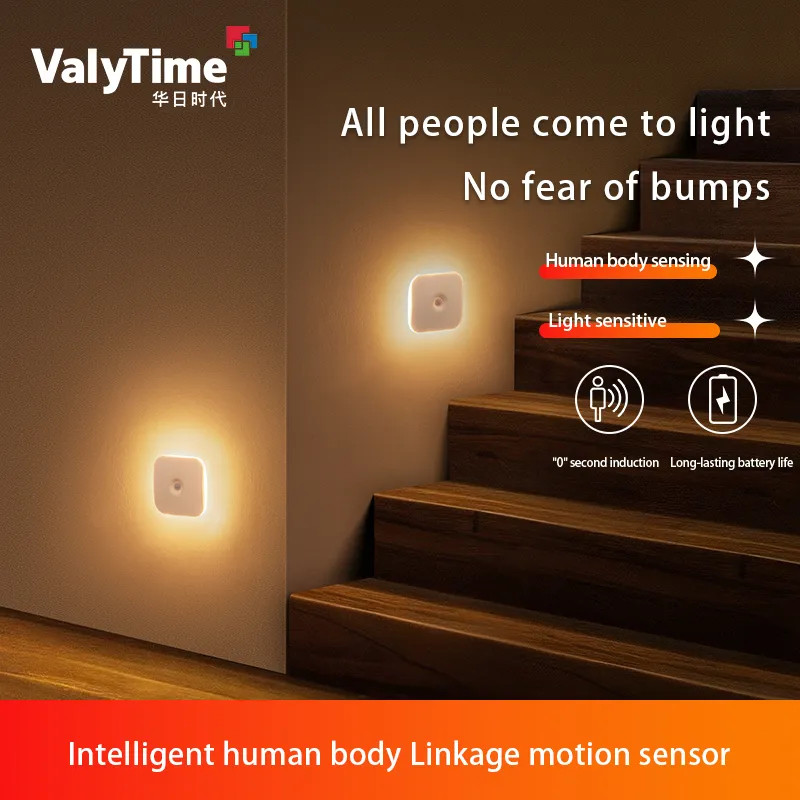
Established in 1996, Huari Lighting Co., Ltd is a professional LED lighting manufacturer in China. We produce a wide variety of LED lighting products, including downlights, ceiling lights, motion sensor stair lights, all of which are certified with CE, RoHS, and ERP standards. Our factory has a monthly production capacity of over 1 million units, ensuring that we can meet large-scale orders. Contact us today for quotes and to explore our best offers!
